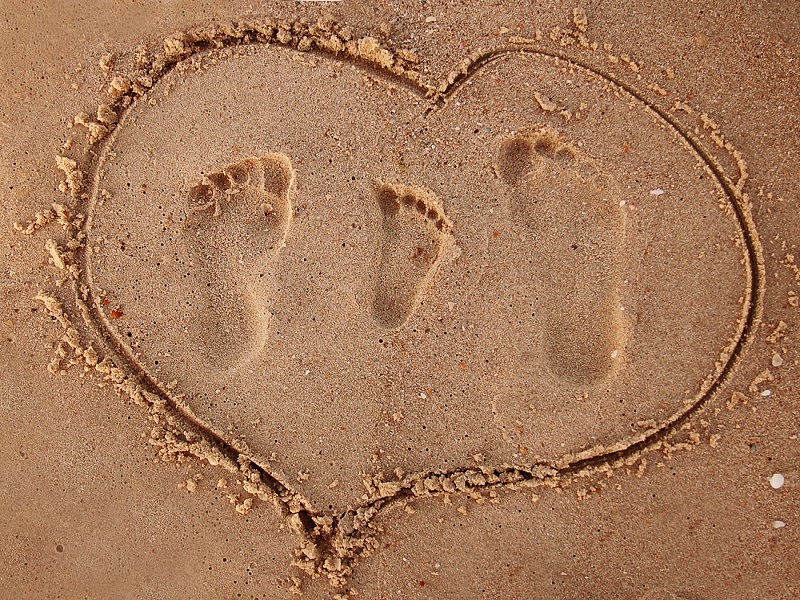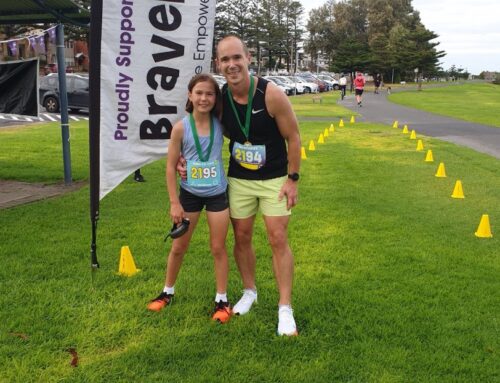As a physiotherapist and mum of two young children, I often hear concerns that parents have about their children’s feet. “Should my son’s feet be so flat? Does he need orthotics?” and “My daughter has knock knees – what should I do about it?”
In most cases, there is nothing to worry about as these features may be part of normal development.
When children start to stand and walk, most children have flat arches, meaning the inside part of their foot is in contact with the ground. If you look at the footprint of a toddler, you will see the shape of the whole sole of the foot, with a consistent width from the heel to the base of the toes. The arch in the inner part of the foot gradually develops in most children by the age of around 7 years old. Footprints of older children and adults with a medial arch have a thinner section where there is less contact with the ground. Next time you walk on the beach have a look at the difference between the more rectangular footprints and the more C-shaped ones. Around 15% of Caucasians remain flat footed, with a familial pattern meaning those children whose parents have flat feet may always have a flatter arch and more rectangular footprint.
Early walkers initially walk with feet wide apart, and legs turned out, with some bowing of knees common (knees wider apart than feet). This changes significantly as they grow and get stronger. As children develop the strength to run and squat at around the age of two, their leg position can start to change from bow-legged to knock-kneed. It is common for 2 – 5 year olds to have knees that are closer than their ankles in standing. By around 8 years old the knee angle has usually straightened out to the position of most adults with ankles just touching when knees are together.
There are mixed feelings amongst my colleagues as to whether orthotics are beneficial in children who still have “flat feet” after the ages of 7 or 8 years. We all agree, however, that plenty of barefoot time in childhood is important for developing good muscle control in the feet, particularly if there is a family history of poor arch control.
If you are concerned about the position of your child’s feet and legs, with the above development in mind, or particularly if your child is complaining of pain, or having recurrent falls or injuries, seek the advice of your GP, podiatrist or other health practitioner.
Cathy Ireland is a mother of two young children and a Physiotherapist at Smart Health Training & Services who enjoys seeing a broad spectrum of private clients. From teenaged knees and postural pain, through to elderly arthritic joints, Cathy enjoys the full range. In recent years, though, she has developed a particular interest in co-managing complex clients alongside a chiropractor, podiatrist or exercise physiologist, or a whole team!





